Photographer Clay Cook has gone through many changes in his life. After a short career as a touring musician, Cook realized that his passion didn’t lie within music, but rather, in the visual arts. After years of honing his skills, Cook is now one of the industry’s most sought after Advertising and Editorial photographer, who will be speaking about his hard work and never give up journey during his upcoming Phase One Stand Up Photo Forum talk, “Success, How Bad Do You Want It?”
But never a man to be cornered into one genre, Cook has slowly but surely been adding “Photo Journalist” to his impressive resume, as his stories from Ethiopia, Nepal and India have told us about the lives and culture of the local communities.
So, it was only naturally that Cook was drawn to documenting the work of Wings of Kilimanjaro, a non-profit organization that aims to assist in providing clean water, education and environmental restoration to the African country of Tanzania. The team does this by organizing a once a year mission to ascend Mt. Kilimanjaro and then paraglide off of the summit. The group’s goal of raising millions of dollars over the course of 5 years is lofty, but already off to a great start.
Last month, Cook joined the Wings of Kilimanjaro 2016 expedition on the trek up to the summit. We sat down with Cook to talk about this remarkable experience.
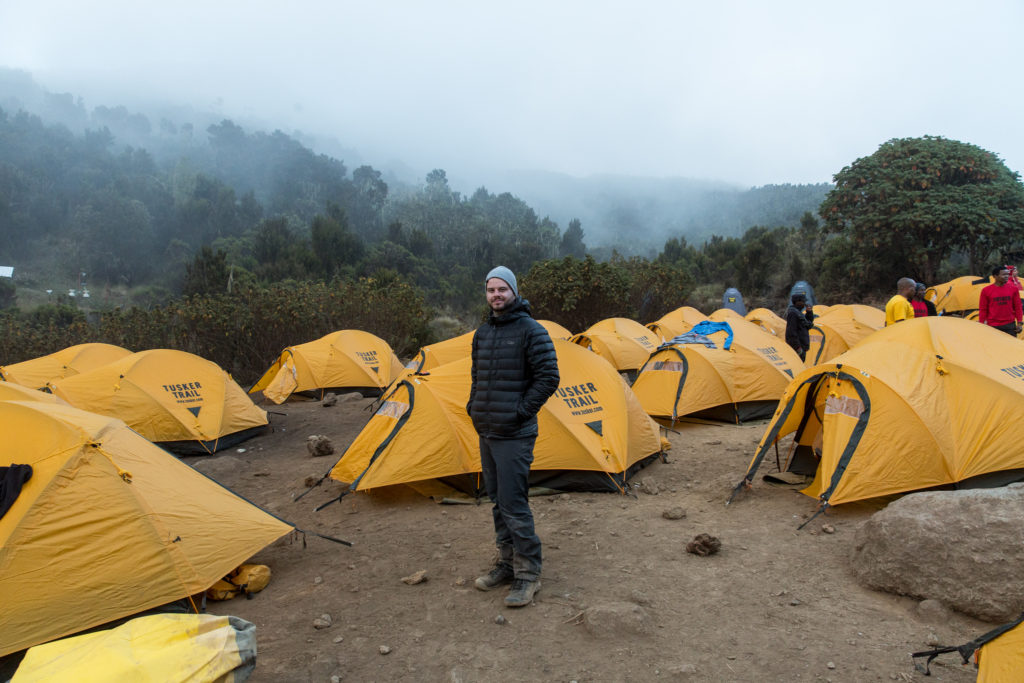
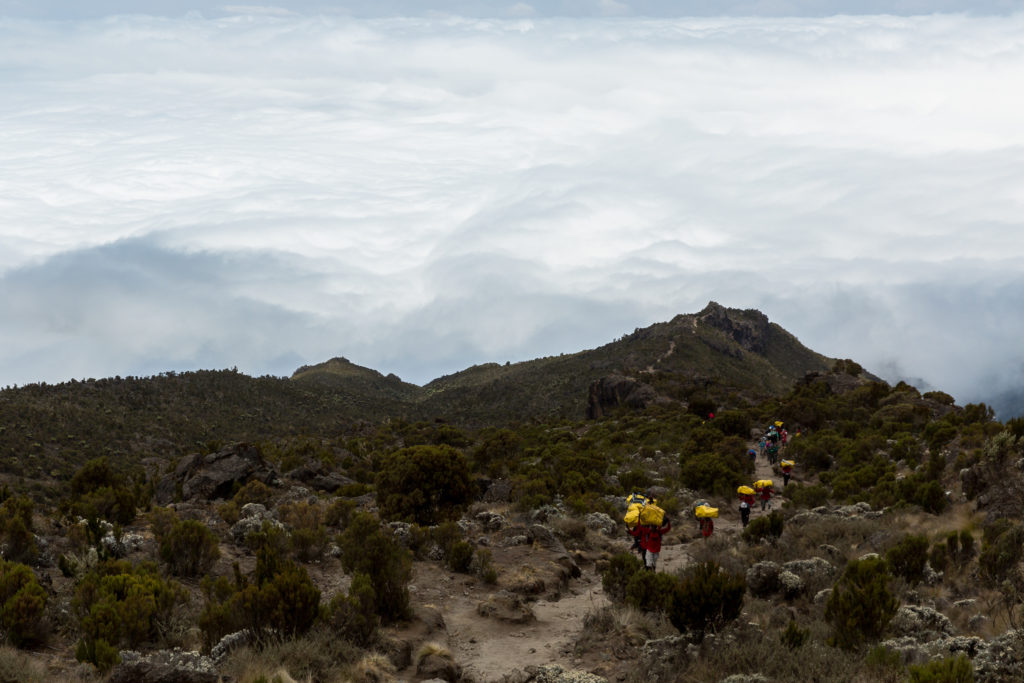
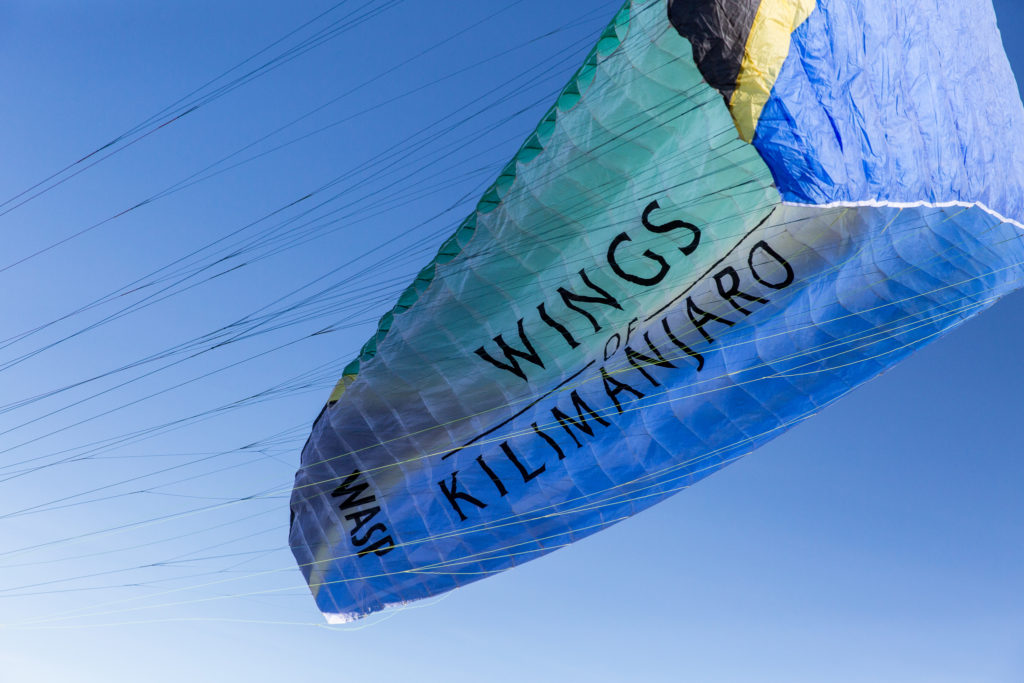
Ever since we at Resource Travel heard about your expedition with Wings of Kilimanjaro, we followed along with the training and preparation intently. Where did you first find out about WOK and How did this unique opportunity come about?
Full disclosure, it all started in a bar. Last year, in partnership with the NFL Network and Worldserve International we were contracted to produce a short promotional documentary and photography for Waterboys, a non-profit foundation lead by Chris Long of the New England Patriots. Waterboys is a collective of sports and adventure celebrities that donate to dig water wells in remote villages in Tanzania, Africa. That documentary ended up being narrated by Matthew McConaughey and went on to be distributed to ESPN, CBS and other various networks domestically.
While stationed in Tanzania for that project, myself and the crew met a man named Adrian McCrae who was casually enjoying a Kilimanjaro Beer at the Mount Meru hotel bar. Adrian owned a mining company in northern Australia and did a lot of humanitarian work throughout Tanzania, but his his passion was para-gliding. We soon came to discover Adrian led an expedition called Wings Of Kilimanjaro, in which a group of brave paragliding pilots trekked up the highest free-standing mountain in the world, Mount Kilimanjaro and para-glided off the top, all in the name of charity. He and his expedition are the only group allowed by Tanzanian law to make the jump, as they are one of the leading charitable organizations in Tanzania. Top para-gliding pilots from all over the world raise thousands to have this adventure of a lifetime. The expedition has set many records.
Adrian didn’t necessarily lack the content to promote the foundation Wings Of Kilimanjaro. Over the years, he has gained worldwide attention, including a special edition of 60 Minutes and numerous day-time shows, all covering the project. What Adrian did lack was an extensive documentary that covered the expedition from start to finish. That is where myself and Nadus Films saw an opportunity for our “Give A Story” project, in which we provide a $20,000 grant to a international foundation making waves in the industry. For the following 12 months, negotiations went back and forth and the pre-production was extensive. Finally, three weeks before takeoff, we got the green light. Everything shot into a F5 tornado.
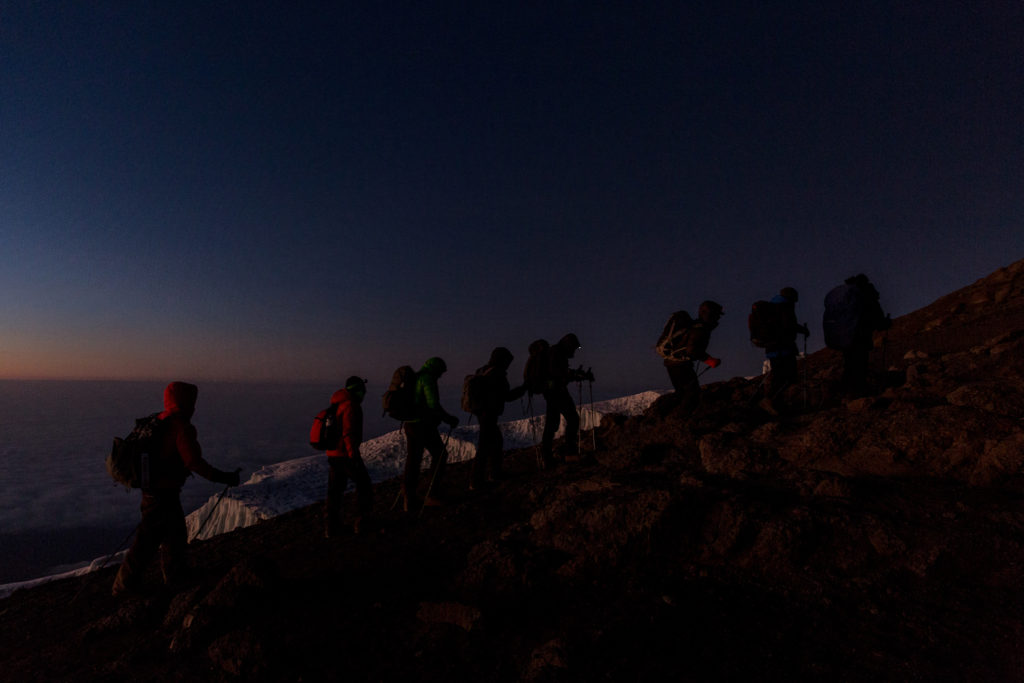
Scaling a 19,341 foot mountain is no easy feat, and definitely not for the faint of heart. It must require stamina and a fit mind and body. You recently went through a major weight loss transformation. Was there a bit of this project that was for you also? Proving to yourself that your hard work over the year had paid off and allowed you to do something you wouldn’t have even dreamt of a year ago?
Wings Of Kilimanjaro was actually a big catalyst to begin my transformation. I began my wellness journey the first week of June 2015, and we met Adrian McRae a week later. As soon as felt the expedition was possible, I kickstarted my training and diet, to eventually lose 120 pounds and gain lean muscle mass. I exhausted a lot of money, time and energy towards that change. But, Kilimanjaro had really set a beacon, sparked a fire and cleared a black cloud. It was a gift, that solidified my wellness journey and provided a new sense of strength. I guess you could say it saved my life. I have always dreamed of big adventure and climbing the world’s highest peaks. But, I always shrugged, turned a blind eye and provided excuses. Kilimanjaro was tough, it required a lot of mental will, and physical demand, but it was an absolute dream come true.
Your interactions with the people over the course of your trip to Tanzania seems to have had a really profound impact on you. What was it about the people that you felt a connection with?
I’ve had the fortunate opportunity to travel in many places all over the world, in an extremely short period of time. Along with my friends in Nadus Films, we have captured people in dire circumstances in the slums of India, Tanzania, Ethiopia, Sudan, Nepal, Cuba and Guatemala. However, our recent focus for the “Give A Story” grant project has been the water crises in Tanzania. Masai people in remote villages die everyday due to the lack of water. A basic human requirement that so many people take for granted in the United States and abound. They are a beautiful, happy people and completely content. But, during the dry season, they may have to walk over 20 miles everyday just to fill a bucket of water to quench the thirst of their families and cattle. There is a desperation for clean water and you can see it in their eyes. I never knew the cultural impact of our hard work until my boots hit the ground. The breakthrough of underground water with Waterboys and then the opening ceremony of a water well with Wings Of Kilimanjaro both made a significant change in the civilization in these remote areas, in turn saving thousands of lives. There is nothing more rewarding then that.
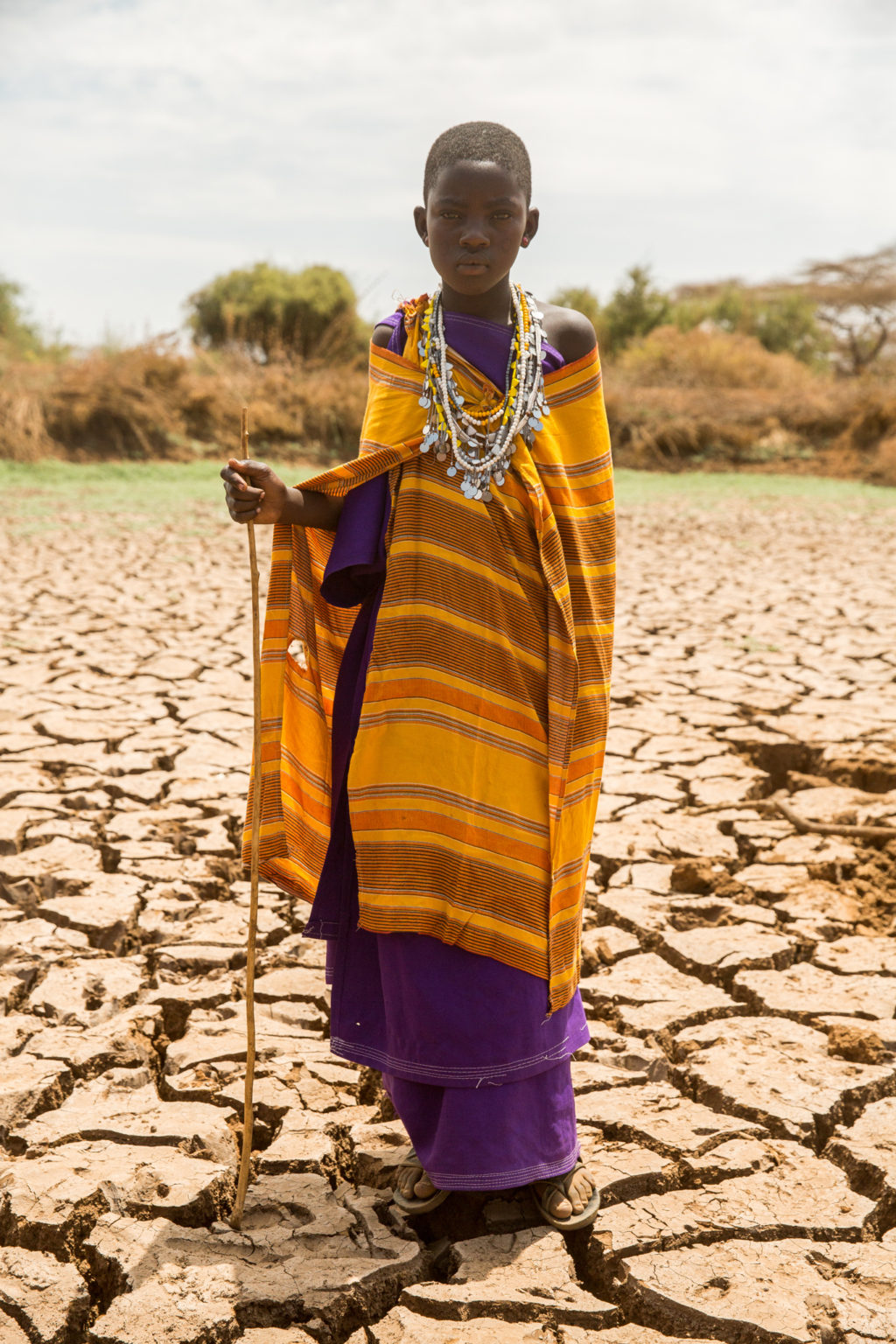
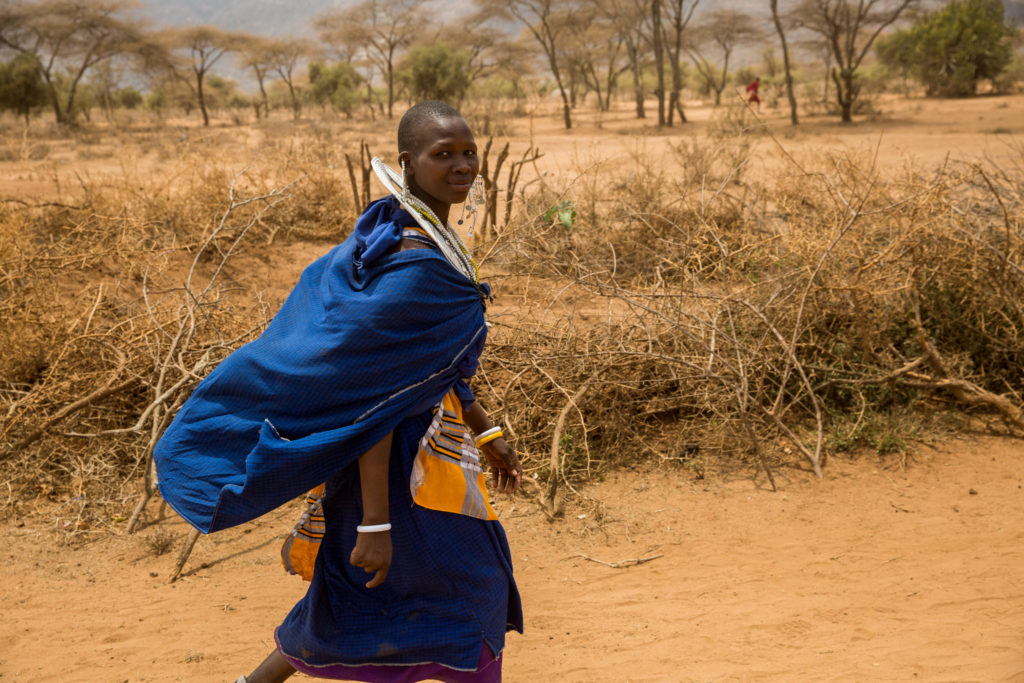
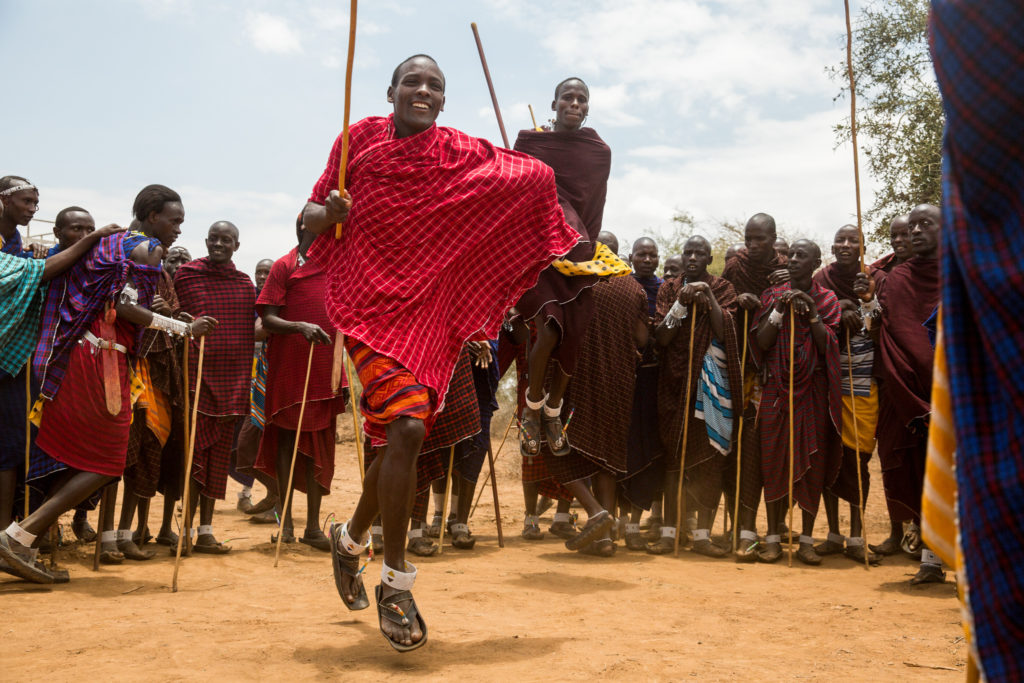
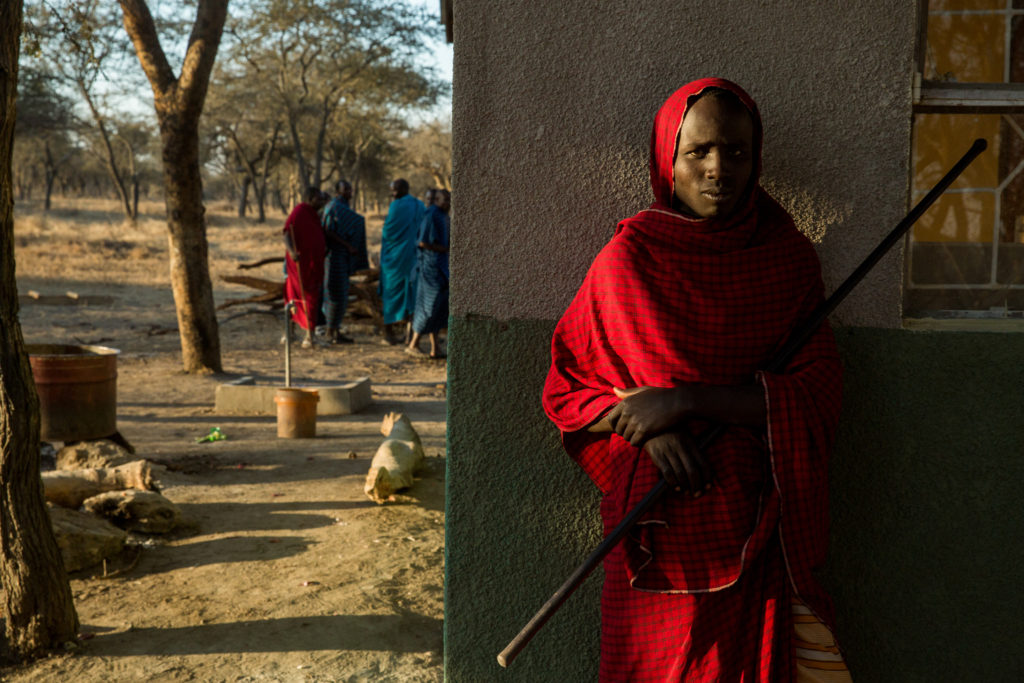
What was the greatest hardship that you faced during this project, either before the ascent, during, or after?
It was a tough road all the way through. The altitude training and preparation was rough and the actual climb itself commanded an extreme focus and grit. The mountain required a great respect and if you didn’t heed the warnings, death is possible. The failure rate is astounding as you decrease your acclimatization time.
Our expedition would spend a total of seven days on the mountain with a possibility of 9 days. The last two days reserved for changes in weather on our launch day. The beauty of Kilimanjaro is that as you trek to the summit, the Machame route traverses four ecosystems; Rainforest, Heather, Moorland and Alpine Desert. In laymen terms, it resembles another planet. Throughout the seven days, there were some tough hikes, but nothing too technical or sharp. Nevertheless, it was all fairly dangerous, due to climate, altitude or terrain. Many people began to really feel the struggle through Barafu Camp at 15,350ft. The greatest hardship for me personally, was the very last day, the summit bid, para-gliding attempts and descent.
The summit bid began at 11:00pm. The mountain was pitch black and very cold, we estimated the temperature plummeted to nearly 20° below 0° Fahrenheit. The only thing to illuminate the steep trail was our headlamps. After a grueling 8 hour “death march” we reached Stella Point, the last stop before the summit. At this point, I was completely hypoxic. I gasped for air and would catch my self stumbling over loose rock next to a 800 foot cliff. I had to continually focus my breathing and mentally shake myself out of an altitude coma. It was very similar to being extremely inebriated on alcohol, but hyper-aware. Once the sun rose over the peak, our adrenaline kicked in and our sprits began to warm. At 6:55am, we finally reached Uhuru Peak. The emotion was indescribable.Almost immediately, the paragliding pilots broke out their wings and started to soar off the summit. In order to get the glider off the mountain in thin air, both the pilot and passenger had to sprint hard straight down the face of the summit, approximately 400 feet. Many crashed, most succeeded. After four exhausting tandem attempts, which all ended in failure and a few minutes of supplemental oxygen, the heavy weather set in and my window to fly closed. Rather then staying the night on the summit, with a few additional pilots to give it another shot, I decided to descend.
At the start of the descent, I have never been more fatigued in my life. I hadn’t slept in over 24 hours. I was cold, crushed with a headache from hell, hallucinating and my body was wrecked, but somehow I made a quick pace at a 5.5 hour, 22 mile decent, rather then the standard 8 hour decent. That was by far the greatest hardship.
Luckily, I made the right decision. The remaining pilots never had the opportunity to fly and had to descend on foot.
Despite the madness, our expedition broke a Guinness Book World Record and made history. Our expedition was the first to ever fly off the summit of Mount Kilimanjaro and the first Americans to do the same.
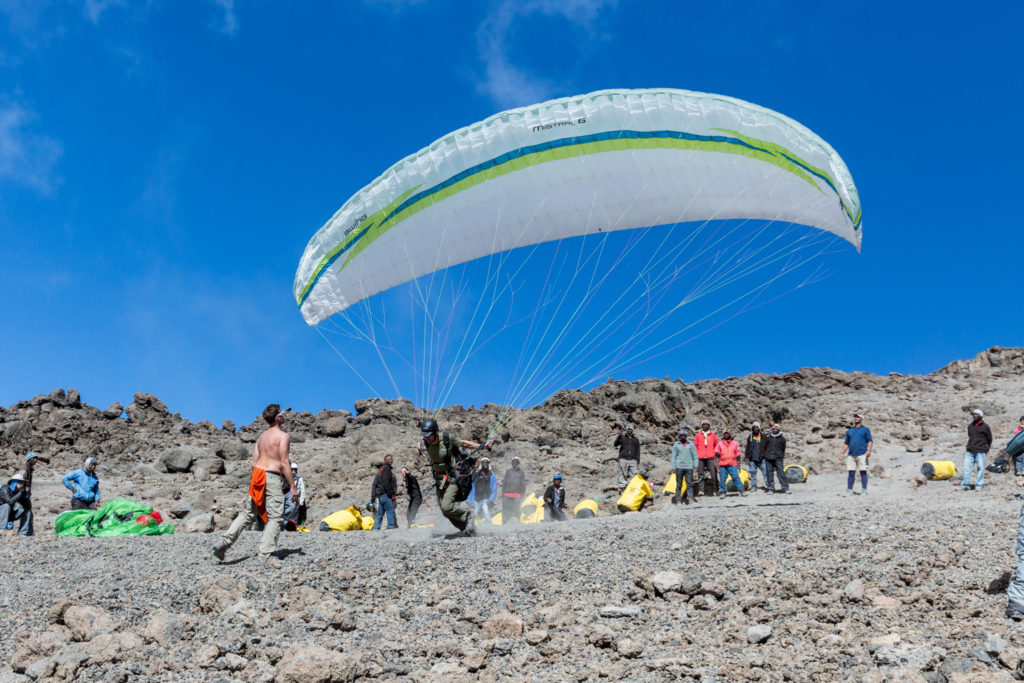
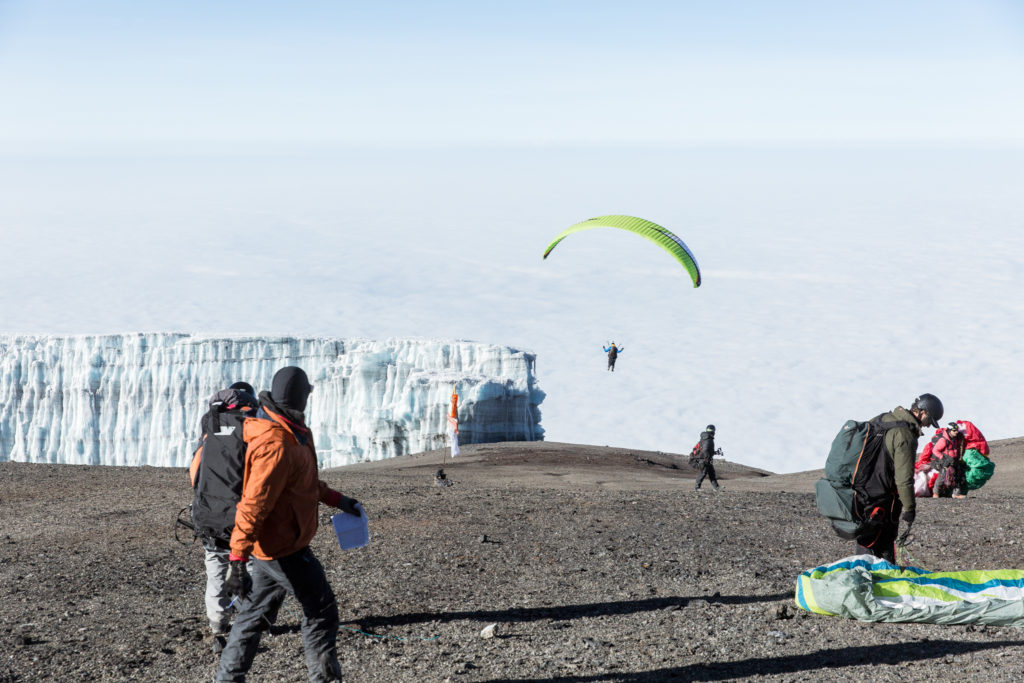
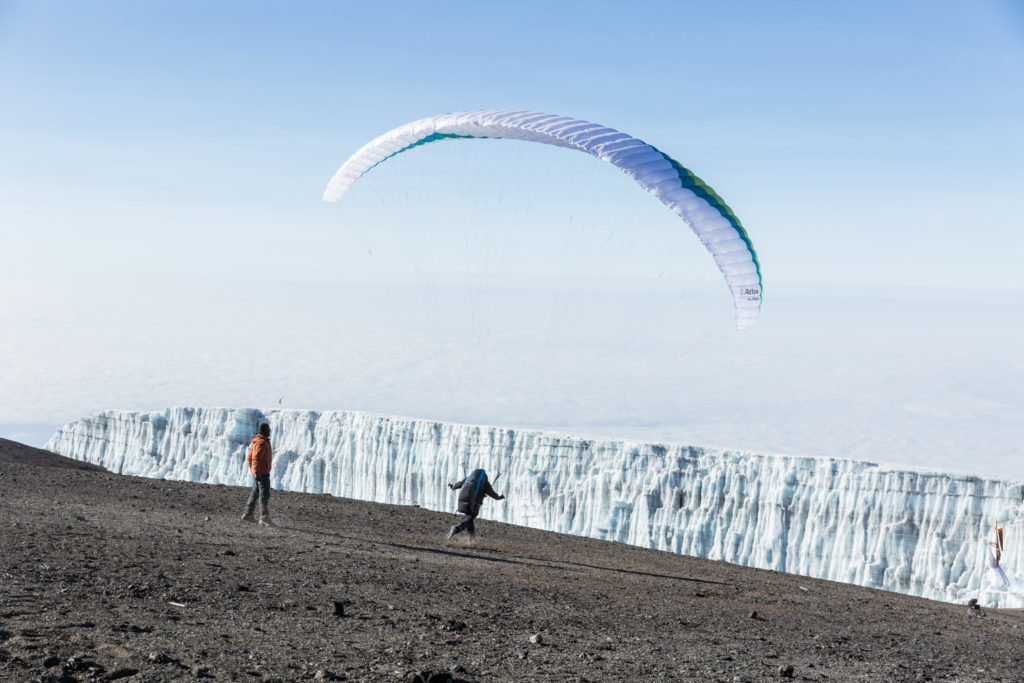
What kept you inspired during the tough training schedule?
I’d be lying if I said it was just sheer conviction and dedication. It was a lot of fear. I had read many Kilimanjaro stories of misery and death. It was all “real life” and I didn’t want to disappoint my team and the client. I wanted to be in the best shape of my life, prepared for any and all suffering. I guess you could say I kept a soldier mentality. I was building a foundation for the most arduous battle of my lifetime and I did not want to be the weak link.
With that mentality, I created a road map with my personal trainer, and we did extensive research into alpine climbing and the best methods of altitude training. It consisted of high impact hill sprinting, interval resistance training and endurance exercise. I maintained a strict diet and morning routine of yoga and mental relaxation. As the photographer, I had to double the pace and capture imagery ahead of the group throughout much of the climb. All of the hard training and wellness knowledge quickly became a vital asset on Kilimanjaro.
I found that the body is a machine, it’s built to withstand pressure and extremities. There was joy, beauty and celebration, but much suffering and exhaustion. I prepared to the best of my ability and built what I believed to be a sound machine. If I had not done that, I may have died on that mountain.
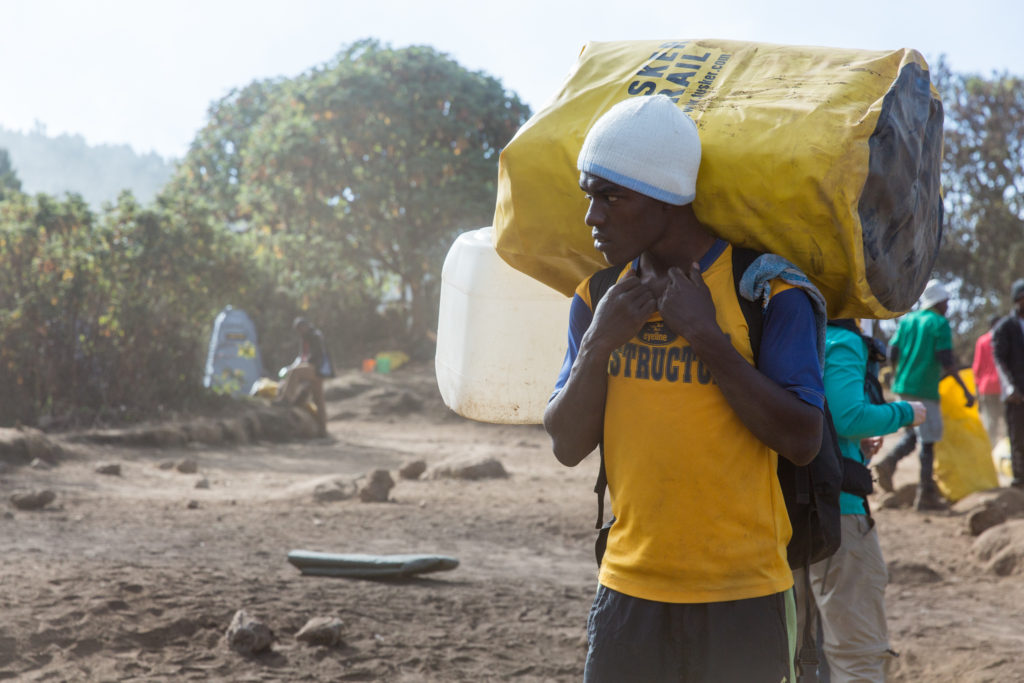
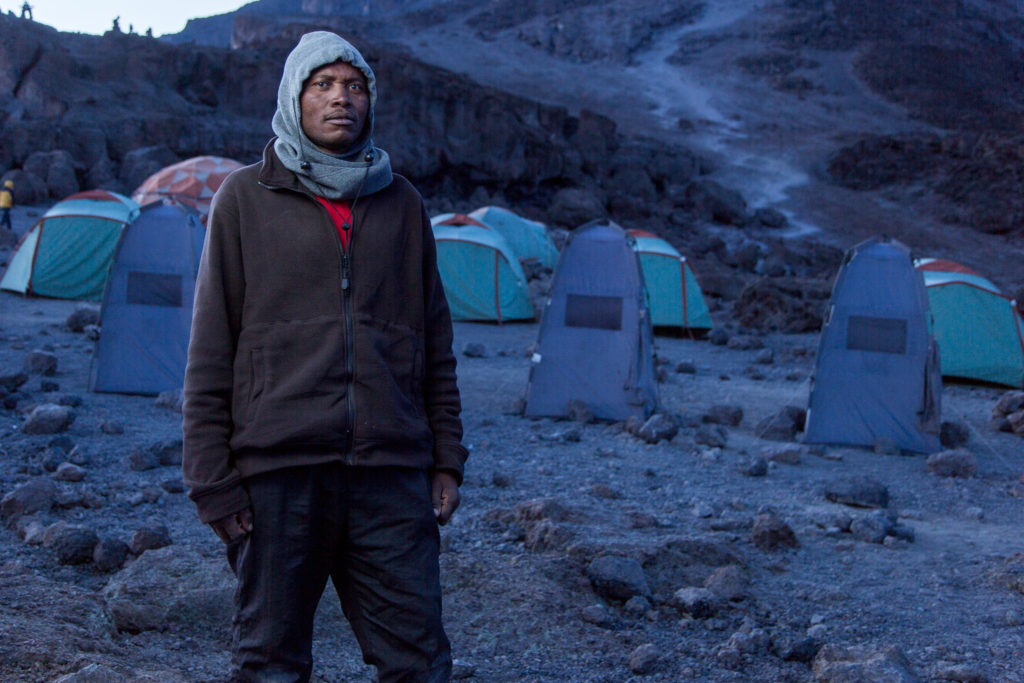
Was there ever a time you thought you might have gotten in over your head?
Every morning we arose in a frozen “mummification,” our equipment and clothing covered in frost. Breaking out of a warm sleeping bag at sunrise was no easy task. There were times I would wake from a night of little-sleep and dread the challenges ahead. But, I just kept going. I had to.
At one moment, I feared for my life. It was half-way through the 20 mile descent straight down. I was in bad shape. Extreme exhaustion had set in and there were out of body moments. I wanted to give-up and close my eyes. I was completely toasted, so much so, there was a ambulance waiting for me at the bottom of the mountain. Fortunately, I was alert enough by that time I didn’t require their services. Upon arrival to the base gate, I nearly cried. It required everything I had to get down. I was broken, but had accomplished what I set out to do.
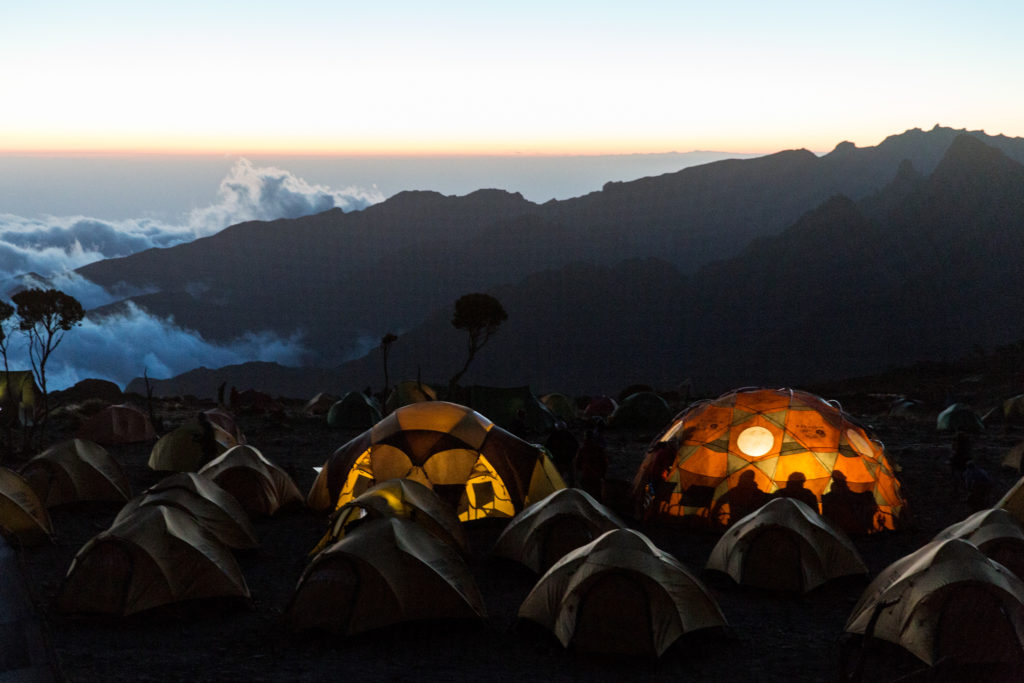
Your main income is in editorial & portrait photography as well as photo education. But it seems like you have really found a passion in this type of humanitarian documentary work around the world. So, what’s next?
I love the creative process in editorial photography. I also love how rewarding paying the knowledge forward through teaching is as well. I’m blessed to make a living out of working in both facets of photography. But, what has truly kept the gears greased and the train moving is the non-profit humanitarian work. It’s just so different then anything I do, which has always curbed burnout and pushed the drive for contract work. I’ve always had a massive respect for photojournalist world and now I’m able to explore that realm myself and impact the world. I love the travel, I love the people and I love the wisdom I gain from the new experiences. When I left the United States for the first time, I couldn’t have possibly imagined how it would forever change my life for the better.
Follow Clay Cook on his website, Facebook and Instagram. See Clay speak at the Phase One Stand Up Photo Forum talk.
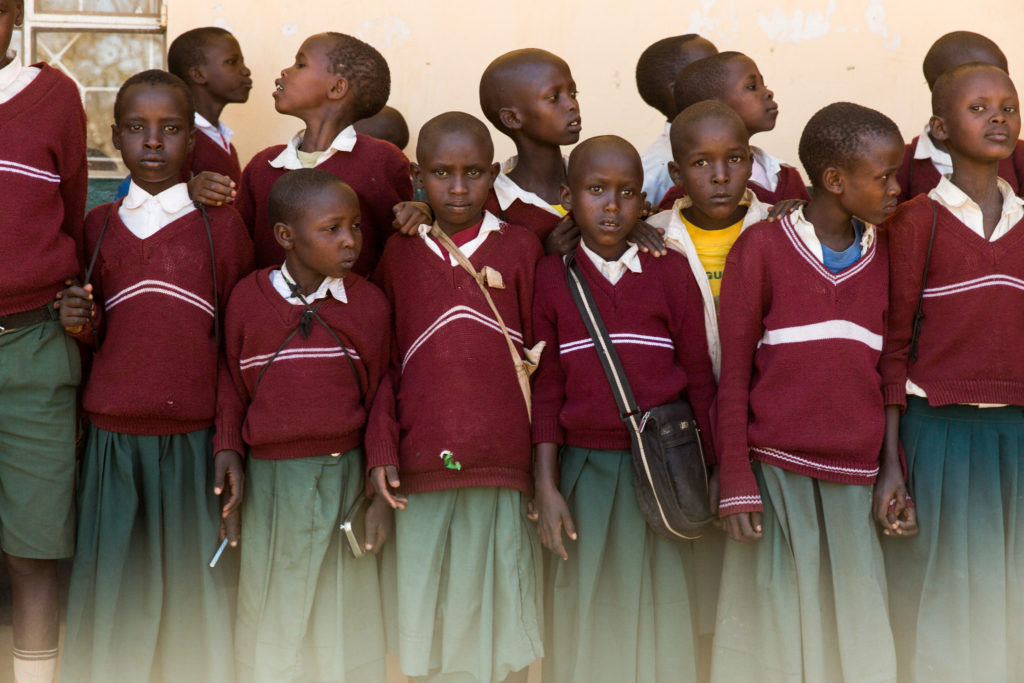
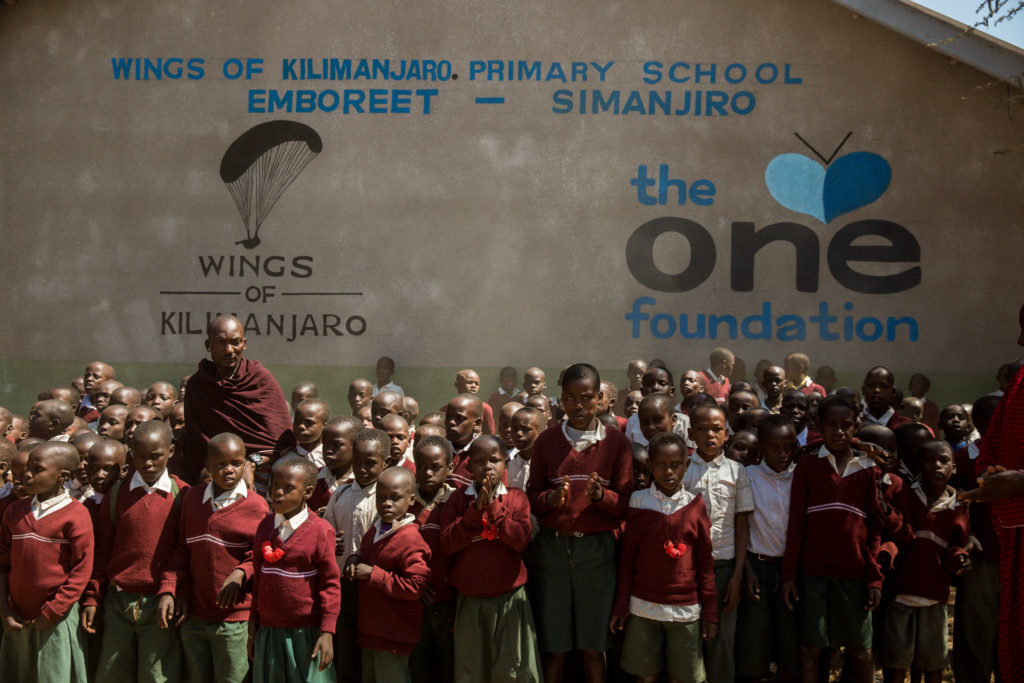
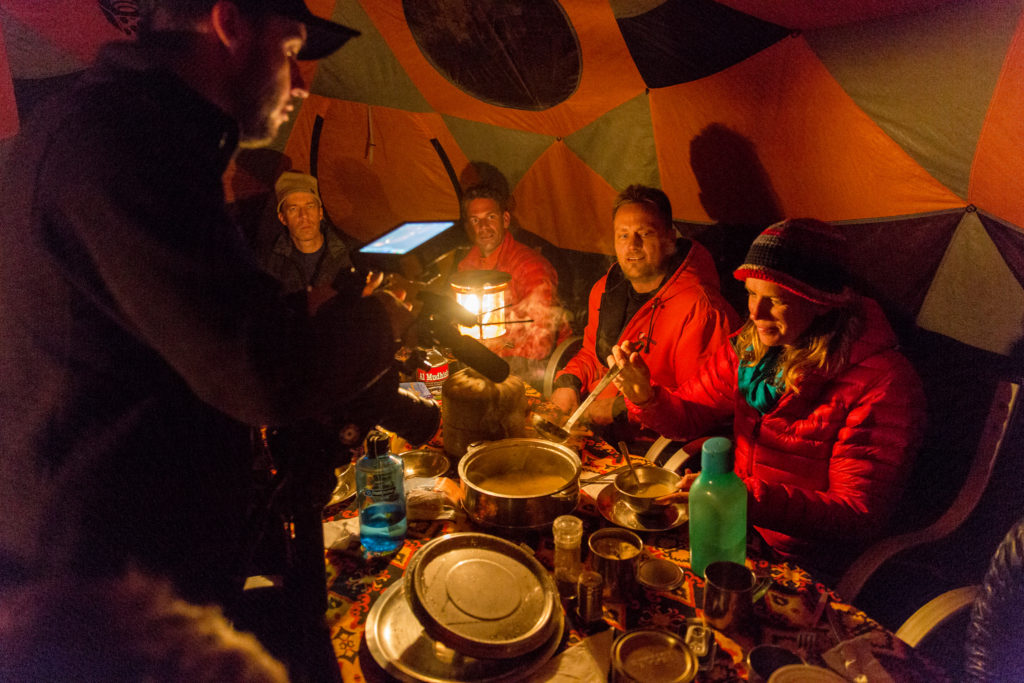
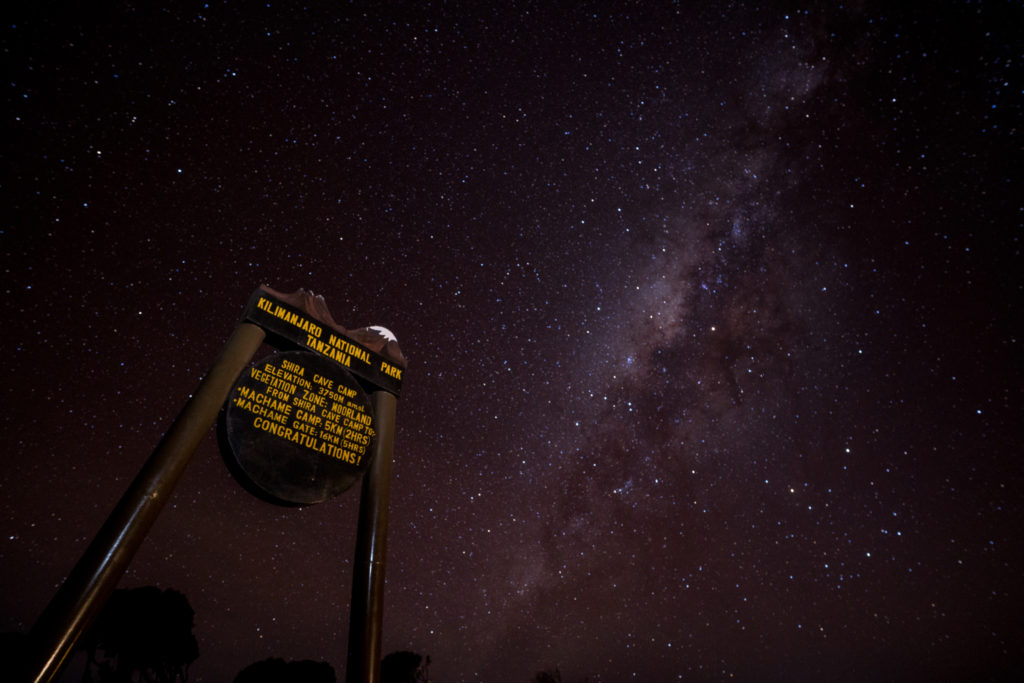
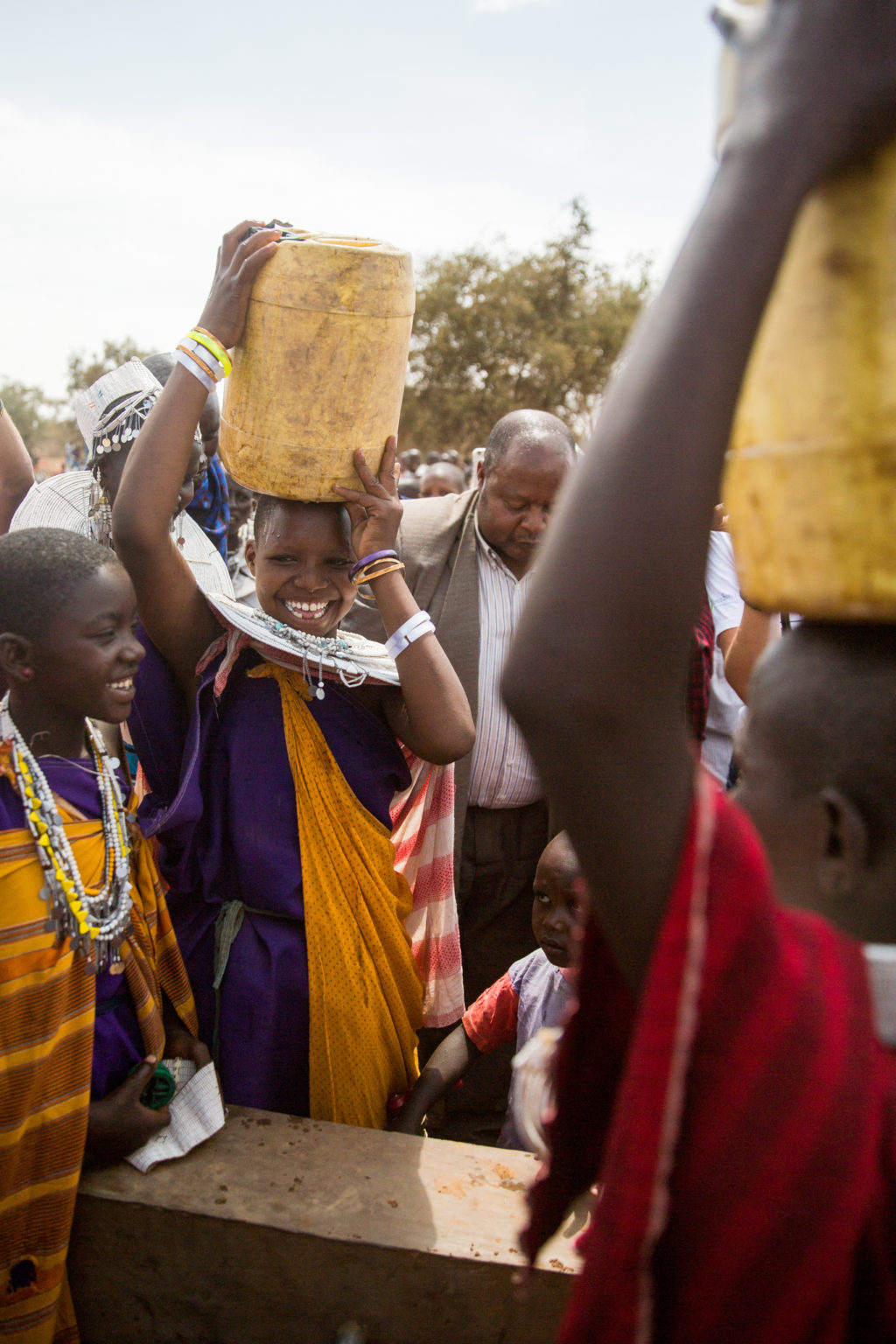
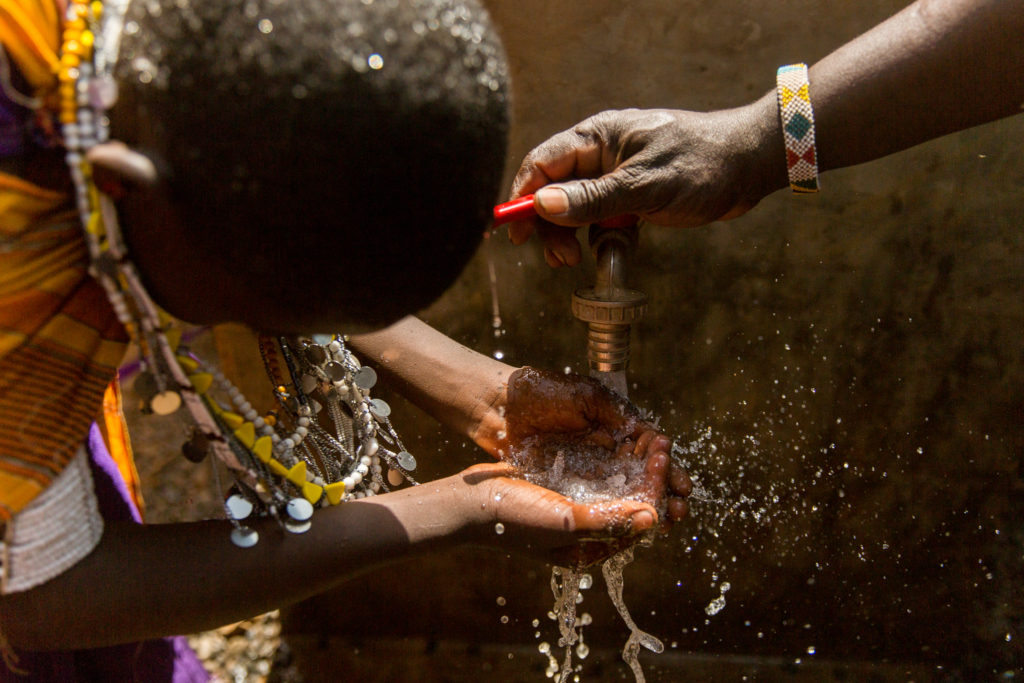
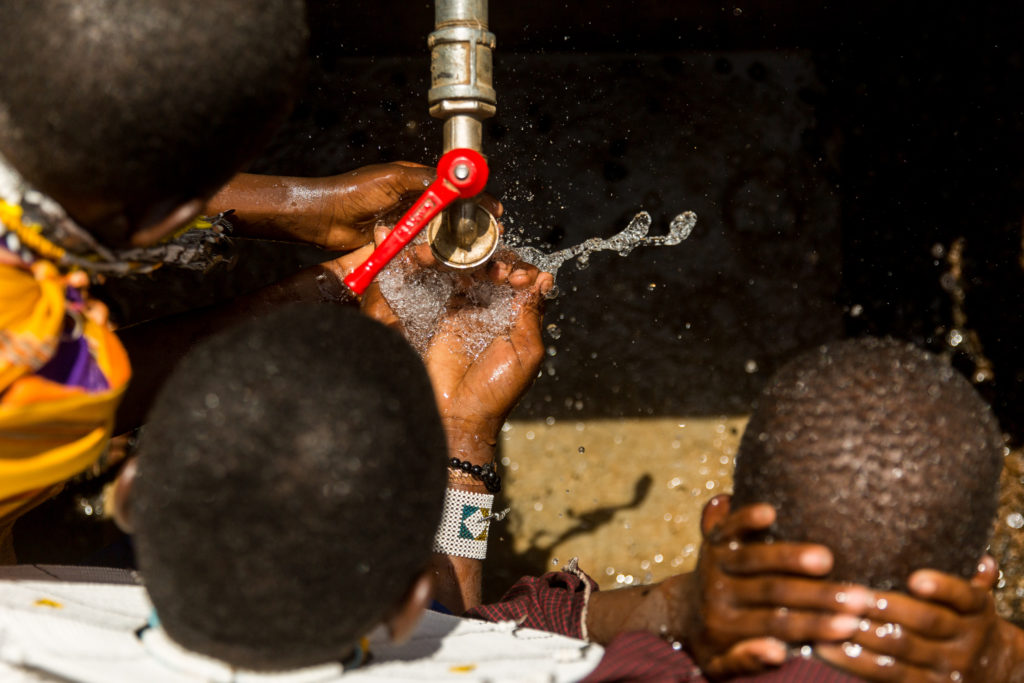
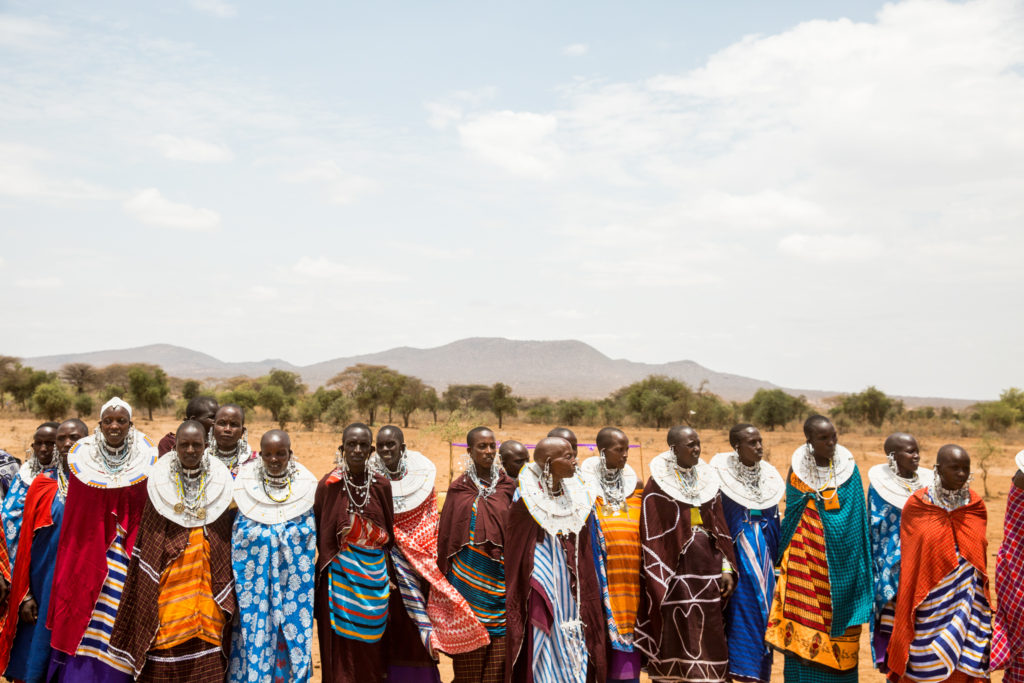
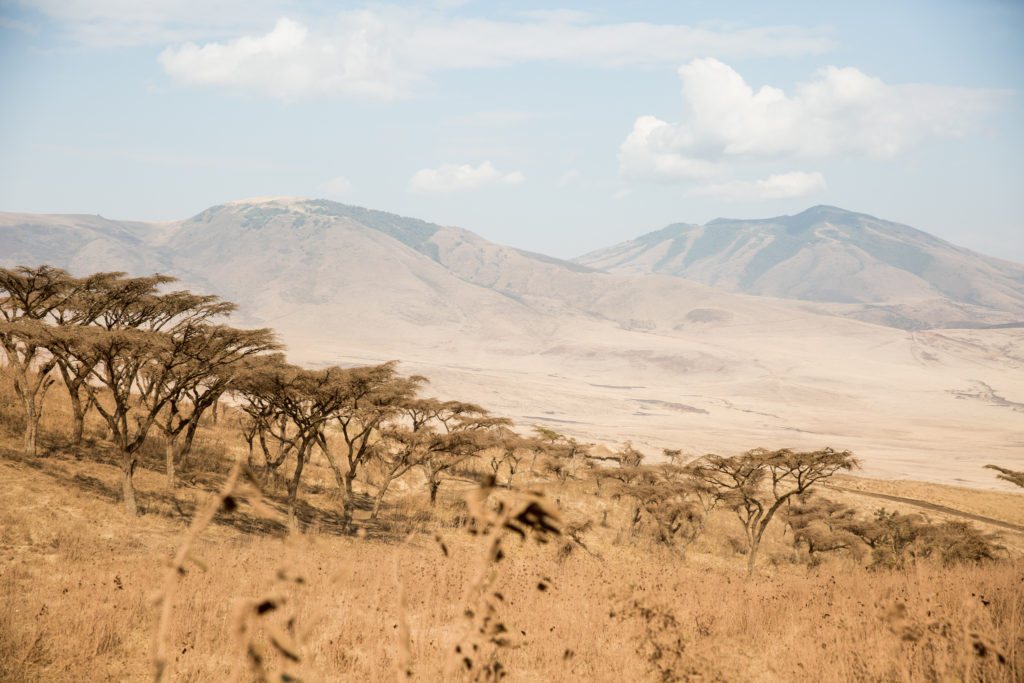
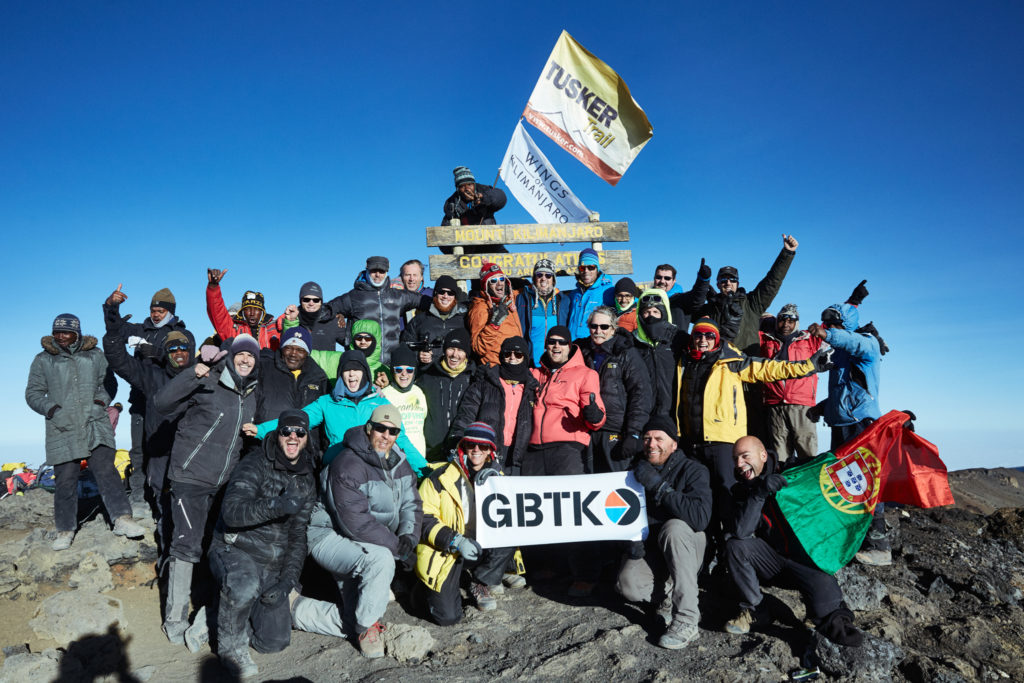


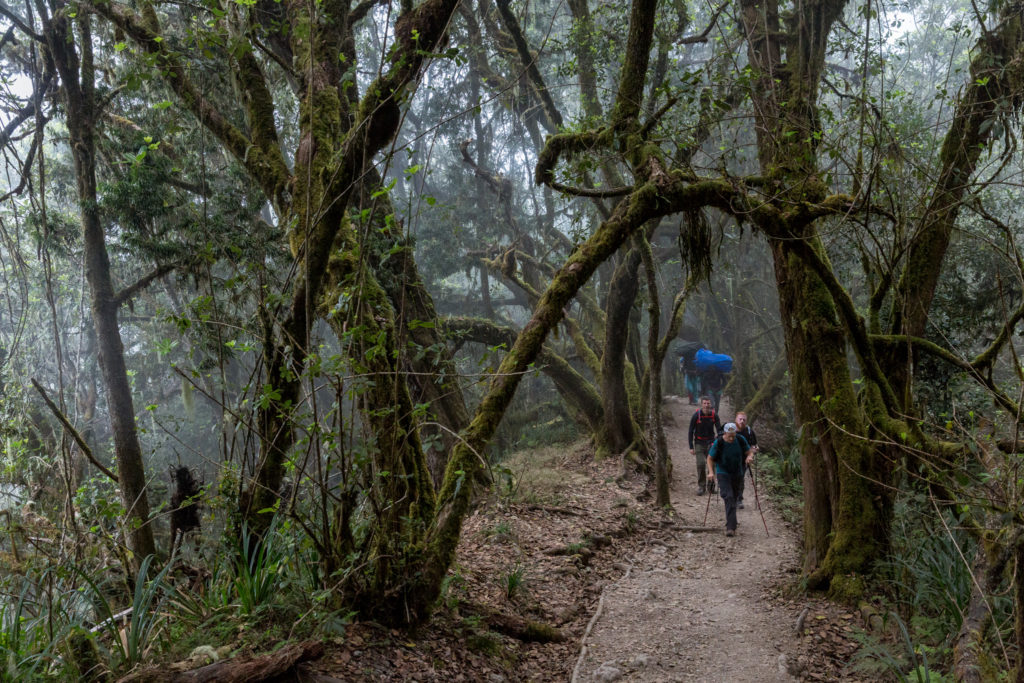
1 comment
The content in this article is well-organized and easy to follow. I found the tips and recommendations very practical and applicable. Looking forward to reading more from this blog small business for sale near me